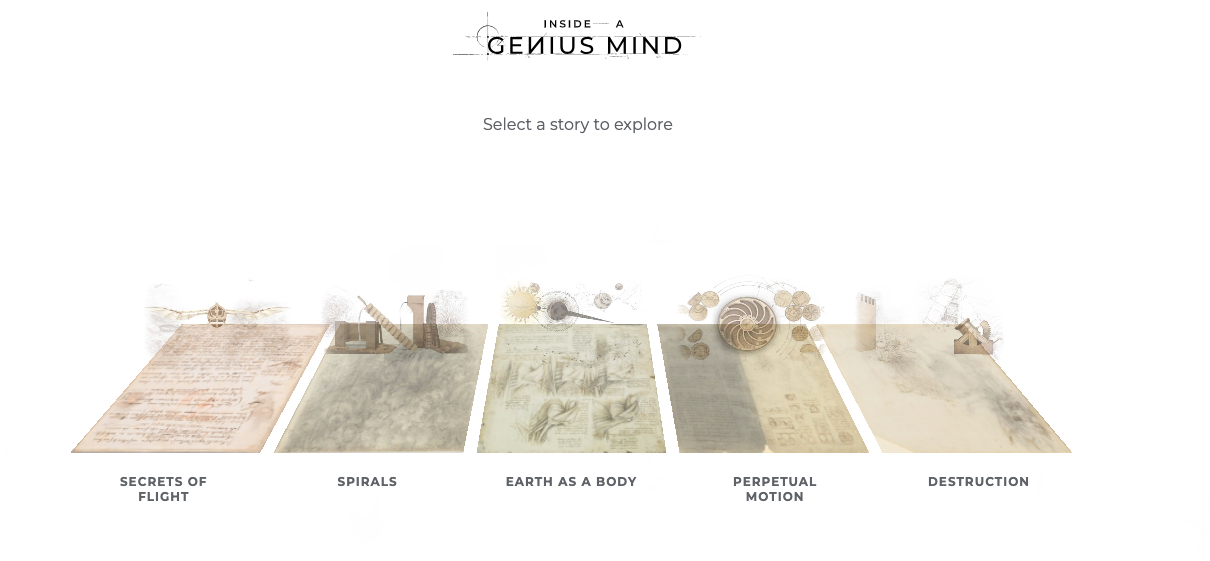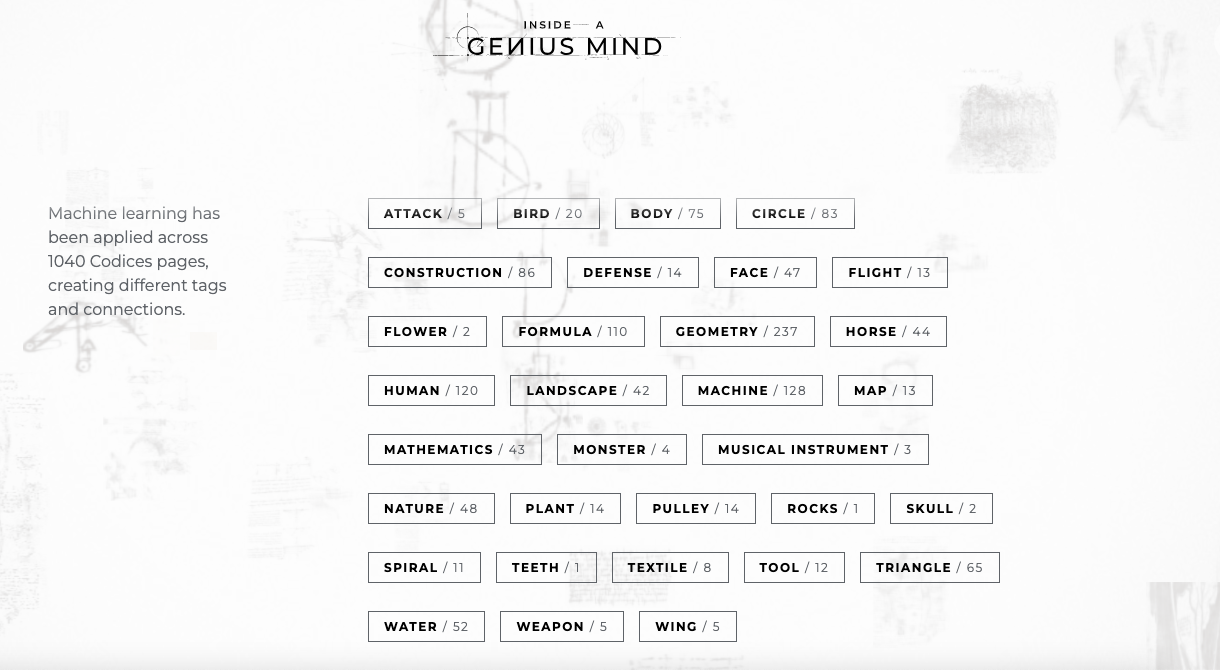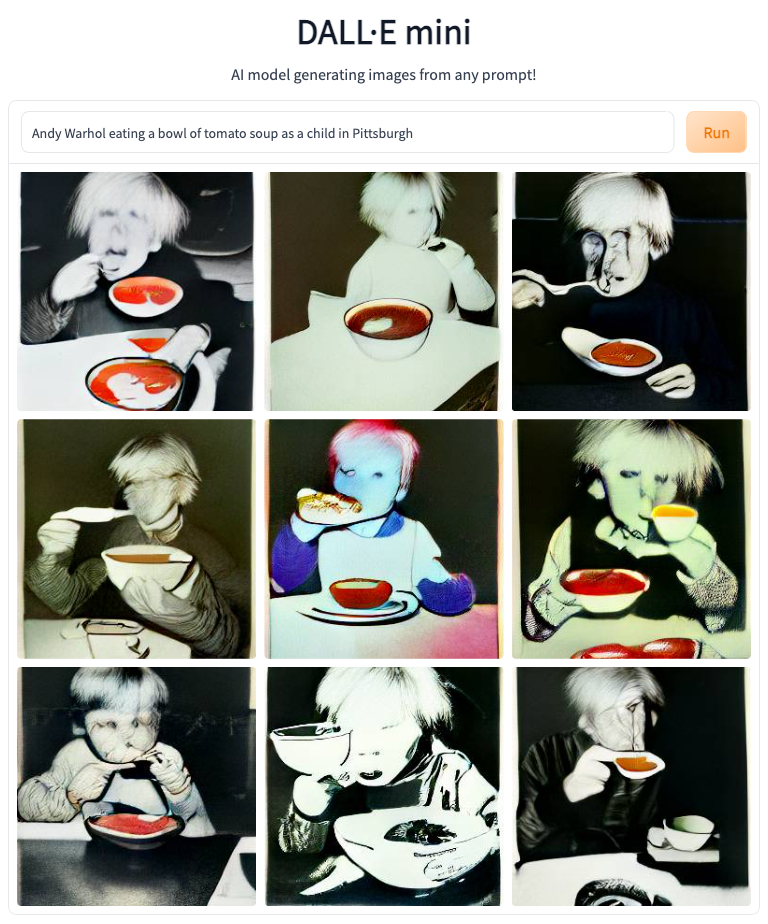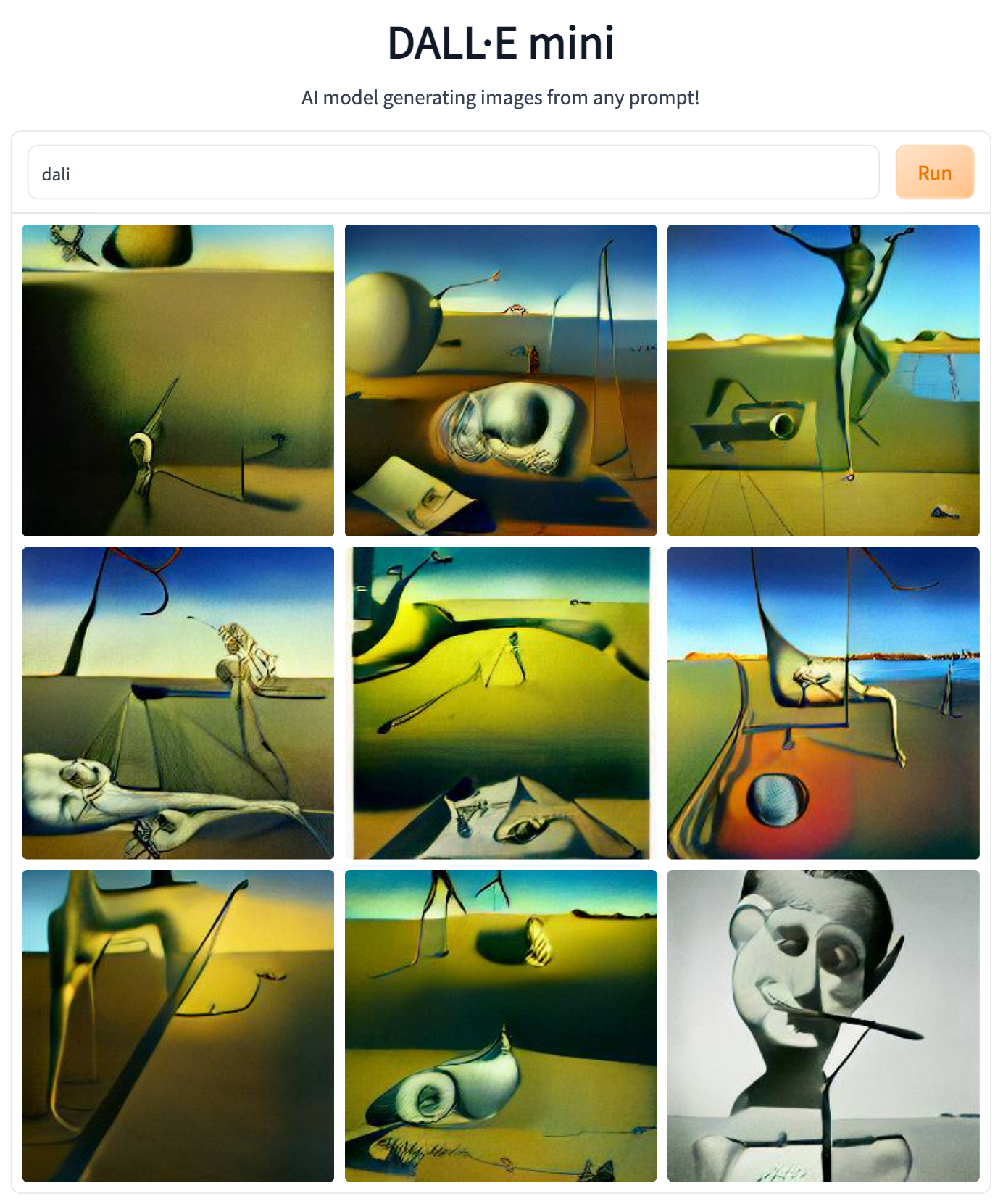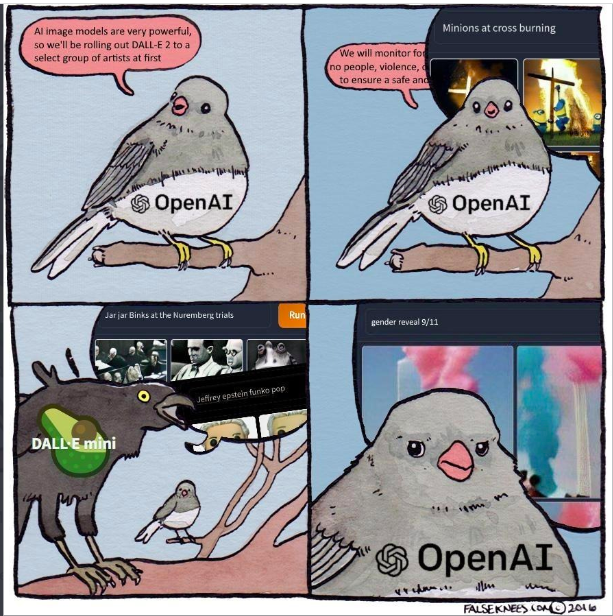It can be challenging to parse the meaning of many non-narrative artworks.
Sometimes the title will offer a clue, or the artist will shed some light in an interview.
Is it a comment on the cultural, socio-economic or political context in which it was created?
Or is the act of creating it the artist’s most salient point?
Are multiple interpretations possible?
Artist Jim Sanborn’s massive sculpture Kryptos may inspire various reactions in its viewers, but there’s definitely a single correct interpretation.
But 78-year-old Sanborn isn’t saying what…
He wants someone else to identify it.
Kryptos’ main mystery — more like “a riddle wrapped in a mystery inside an enigma” to quote Winston Churchill — was hand cut into an S‑shaped copper screen using jigsaws.
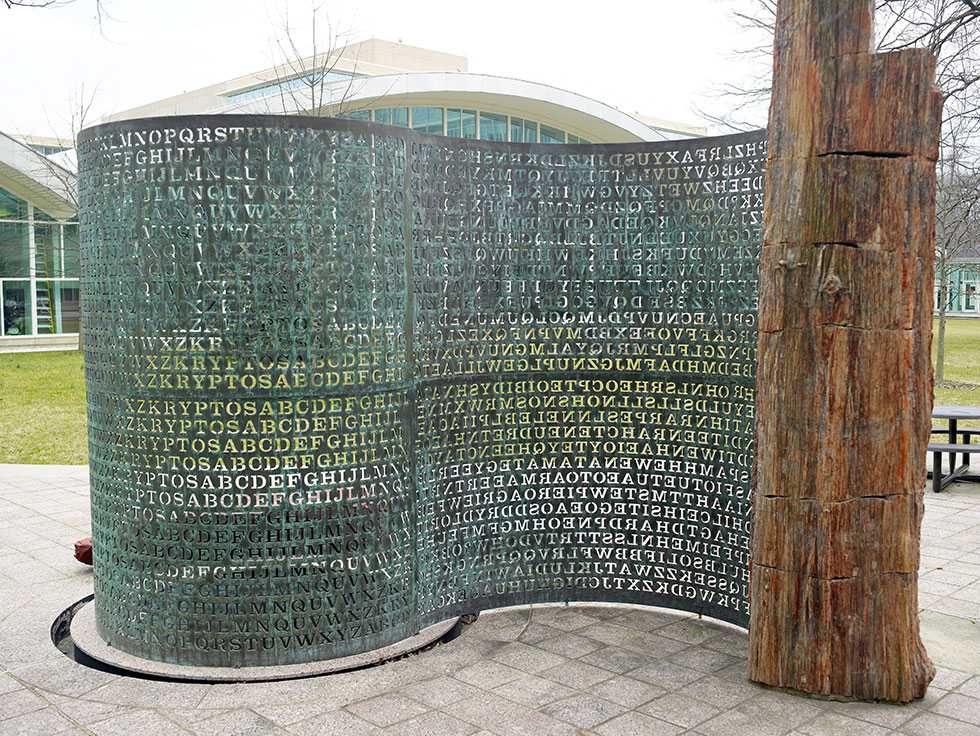
Image courtesy of the CIA
Professional cryptanalysts, hobbyists, and students have been attempting to crack the code of its 865 letters and 4 question marks since 1990, when it was installed on the grounds of CIA headquarters in Langley, Virginia.
The hands-on part fell well within Sanborn’s purview. But a Masters in sculpture from Pratt Institute does not automatically confer cryptography bonafides, so Sanborn enlisted Edward Scheidt, the retired chairman of the CIA’s Cryptographic Center, for a crash course in late 20th-century coding systems.
Sanborn sampled various coding methods for the finished piece, wanting the act of deciphering to feel like “peeling layers off an onion.”
That onion has been partially peeled for years.
Deciphering three of its four panels is a pelt shared by computer scientist and former president of the American Cryptogram Association, James Gillogly, and CIA analyst David Stein.
Gillogly arrived at his solution in 1999, using a Pentium II.
Stein reached the same conclusion a year earlier, after chipping away at it for some 400 hours with pencil and paper, though the CIA kept his achievement on the down low until Gillogly went public with his.
The following year the National Security Agency claimed that four of their employees, working collaboratively, had reached an identical solution in 1992, a fact corroborated by documents obtained through the Freedom of Information Act.
(On a related note, I got Wordle in three this morning…)
This still leaves the 97-character phrase from the final panel up for grabs. Cracking it will be the penultimate step in solving Kryptos’ puzzle. As Sanborn told NPR in 2020, “that phrase is in itself a riddle:”
It’s mysterious. It’s going to lead to something else. It’s not going to be finished when it’s decoded.
The public is welcome to continue making educated guesses.
Sanborn has leaked three clues over the years, all words that can be found in the final passage of decrypted text.
BERLIN, at positions 64 — 69 (2010)
CLOCK, at positions 70 — 74 (2014)
NORTHEAST, at position 26 — 34
Have you solved it, yet?
No?
Don’t feel bad…
Sanborn has been fielding incorrect answers daily for decades, though a rising tide of aggressive and racist messages led him to charge 50 bucks per submission, to which he responds via e‑mail, with absolutely no hope of hints.
Kryptos’ most dedicated fans, like game developer /cryptologist Elonka Dunin, seen plying Sanborn with copious quantities of sushi above in Great Big Story’s video, find value in working together and, sometimes, in person.
Their dream is that Sanborn might inadvertently let slip a valuable tidbit in their presence, though that seems like a long shot.
The artist claims to have gotten very skilled at maintaining a poker face.
(Wait, does that suggest his interlocutors have been getting warmer?)
Dunin has relinquished all fantasies of solving Kryptos solo, and now works to help someone — anyone — solve it.
(Please, Lord, don’t let it be chatGPT…)
Sanford has put a contingency plan in place in case no one ever manages to get to the bottom of the Kryptos (ancient Greek for “hidden”) conundrum.
He, or representatives of his estate, will auction off the solution. He is content with letting the winning bidder decide whether or not to share what’s been revealed to them.
“I do realize that the value of Kryptos is unknown and that perhaps this concept will bear little fruit,” he told the New York Times, though if one takes the masses of people desperate to learn the solution and factors in Sanford’s intention to donate all proceeds to climate research, it may well bear quite a healthy amount of fruit.
Join Elonka Dunin’s online community of Kryptos enthusiasts here.
To give you a taste of what you’re in for, here are the first two panels, followed by their solutions, with the artist’s intentional misspellings intact.
1.
Encrypted Text
EMUFPHZLRFAXYUSDJKZLDKRNSHGNFIVJ
YQTQUXQBQVYUVLLTREVJYQTMKYRDMFD
Decrypted Text
Between subtle shading and the absence of light lies the nuance of iqlusion.
2.
Encrypted Text
VFPJUDEEHZWETZYVGWHKKQETGFQJNCE
GGWHKK?DQMCPFQZDQMMIAGPFXHQRLG
TIMVMZJANQLVKQEDAGDVFRPJUNGEUNA
QZGZLECGYUXUEENJTBJLBQCRTBJDFHRR
YIZETKZEMVDUFKSJHKFWHKUWQLSZFTI
HHDDDUVH?DWKBFUFPWNTDFIYCUQZERE
EVLDKFEZMOQQJLTTUGSYQPFEUNLAVIDX
FLGGTEZ?FKZBSFDQVGOGIPUFXHHDRKF
FHQNTGPUAECNUVPDJMQCLQUMUNEDFQ
ELZZVRRGKFFVOEEXBDMVPNFQXEZLGRE
DNQFMPNZGLFLPMRJQYALMGNUVPDXVKP
DQUMEBEDMHDAFMJGZNUPLGEWJLLAETG
Decrypted Text
It was totally invisible Hows that possible? They used the Earths magnetic field X
The information was gathered and transmitted undergruund to an unknown location X
Does Langley know about this? They should Its buried out there somewhere X
Who knows the exact location? Only WW This was his last message X
Thirty eight degrees fifty seven minutes six point five seconds north
Seventy seven degrees eight minutes forty four seconds west ID by rows
View step by step solutions for the first three of Kryptos’ encrypted panels here.
Related Content
The Enigma Machine: How Alan Turing Helped Break the Unbreakable Nazi Code
– Ayun Halliday is the Chief Primatologist of the East Village Inky zine and author, most recently, of Creative, Not Famous: The Small Potato Manifesto and Creative, Not Famous Activity Book. Follow her @AyunHalliday.






